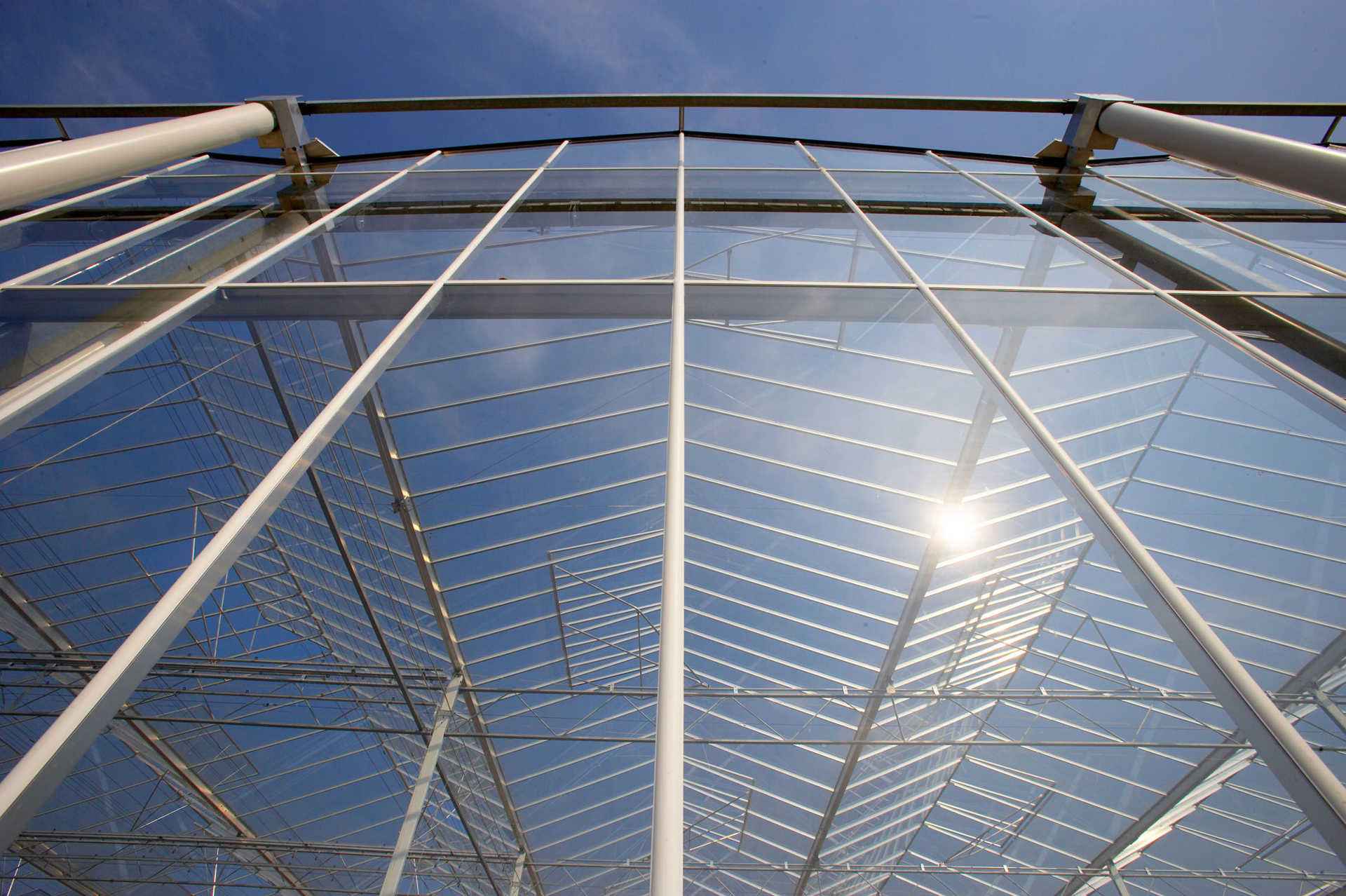Dew Point (Td)

Short definition
In greenhouse climate control, the dew point is the temperature at which air with a given moisture content becomes saturated, causing condensation if cooled further.
Expanded definition
=Measurement of dew point depends on absolute humidity and is independent of dry-bulb air temperature. In practice, dew point informs condensation risk on leaves and surfaces, guiding ventilation, dehumidification, and heat-exchange strategies. It is used with air temperature to compute vapor pressure deficit and to design sunrise and sunset setpoints that minimize surface condensation during rapid transpiration changes. Because dew point varies with humidity and microclimate, sensors must be placed to capture vertical and horizontal gradients and used alongside crop surface temperatures during risk assessments. Synonyms and abbreviations: dew point temperature, dewpoint, Td, saturation temperature (for given vapor content), condensation point, wet bulb related temperature (distinct concept).
In Greenhouse Context
Dew point sits at the core of how growers think about moisture in a closed greenhouse. It links absolute humidity to condensation risk independent of the dry-bulb temperature, so raising air temperature alone does not eliminate dew risk; the humidity content must be managed or moist air vented to reduce dew formation. In practice, dew point is used to forecast where and when condensation will form on crop surfaces or roof panels, enabling proactive control of ventilation, dehumidification, and heat exchange strategies. It is used with air temperature to estimate vapor pressure deficit and to design sunrise and sunset setpoints that minimize surface condensation during rapid transpiration changes. Because dew point varies with humidity and microclimate, sensors must be placed to capture vertical and horizontal gradients and used alongside crop surface temperatures during risk assessments. Operationally, dew point informs a range of decisions: calibrating setpoints across sunrise and sunset ramps to maintain margins between leaf temperatures and dew point, selecting sensor geography to capture microclimates, and integrating dew point into VPD calculations for irrigation and transpiration control. It also helps avoid pathogen-favorable moist conditions that promote Botrytis; because dew point changes with absolute humidity, climate control often requires continuous humidity management rather than relying on heating alone, with energy use rising or falling accordingly. Proper implementation requires synchronizing psychrometric data with crop physiology and the structural design of condensate drainage.
Examples and/or use cases
Example 1: A 2,000 mL tomato greenhouse uses dew point sensors to trigger morning ventilation when leaf temperature is within 1.0–1.5 °C of the dew point, reducing leaf surface condensation; Example 2: A propagation chamber maintains a dew point at least 2–3 °C below predicted canopy temperature using dehumidifiers and heat exchangers to keep leaf surfaces dry; Example 3: A coastal strawberry house schedules sunrise exhaust ramps to keep interior dew point below fruit surface temperatures, mitigating condensate on runners and fruit; Example 4: A hydroponic lettuce canopy uses dew point-informed VPD targets to optimize irrigation frequency and avoid canopy condensation on netting.
Relevance
Understanding dew point is central to greenhouse psychrometrics, linking moisture content to condensation risk and informing setpoint design and automation algorithms. In practice, dew point is combined with air temperature to calculate vapor pressure deficit (VPD), guiding humidification or dehumidification schedules and ventilation strategies to maintain optimal transpiration and nutrient transport. For plant physiology, maintaining appropriate dew point margins relative to leaf temperature reduces dew-induced leaf damage and minimizes conditions favorable to Botrytis and other pathogens. However, tighter dew point control can raise energy use and requires careful alignment with light, temperature, and irrigation to avoid unnecessary cycling of HVAC equipment. Accurate sensing and strategic sensor placement are essential to capture canopy microclimates and to ensure control strategies deliver the intended canopy outcomes. Dew point-based approaches support more stable canopy climates, improved disease risk management, and predictable transpiration, yet demand trained staff and robust calibration of sensors, setpoints, and data integration into automation systems. Sources — Online: https://extension.psu.edu/psychrometric-chart-use; https://ceac.arizona.edu/sites/default/files/asae_-_heating_ventilating_and_cooling_greenhouses.pdf; https://pdhonline.com/courses/m135/m135content.pdf.